Feeding San Diego Expanding its School Pantry Program at Schools Across the County This Year in Response to Increased Numbers of Children Experiencing Hunger
The hunger-relief nonprofit is committed to a broad partnership with 58 schools across 17 districts to address child hunger by providing nutritious groceries on campuses
Feeding San Diego, the region’s only Feeding America partner food bank, is expanding its School Pantry Program in 2025 in response to high need for nutrition assistance at schools across the county. As the cost of living in San Diego County and inflation continue to negatively impact households, parents need additional resources. The School Pantry Program is a proven, longstanding hunger-relief program that provides nutritious food to students and their families on school campuses at no cost to them. With the program’s expansion this year, its reach will go from 41 to 58 schools throughout the county. Even still, 27 schools remain on a waitlist to get a school pantry on their campus, representing thousands of households who need support bringing meals home.
According to a recent survey conducted by Feeding San Diego that went out to schools currently participating in the School Pantry Program, 39% of parents surveyed revealed that they had skipped or reduced the size of their meals in the last year because there wasn’t enough money for food. Since receiving food from Feeding San Diego, 58% of parents said their child’s grades have improved and 59% of parents said that their child’s attendance had improved. 80% of parents surveyed said that their family is eating more fruits and vegetables since they began receiving food from the School Pantry Program.
To grow the program, the non-profit has undertaken a major fundraising campaign to increase its operating budget. According to Feeding America, San Diego County has just over 100,000 children who are currently experiencing hunger. By the end of this month, the School Pantry Program will be providing food to over 11,500 households monthly, potentially reaching over 10% of that population.
“The future of San Diego County lies within its youth population. Simply put, access to nutritious food must be a top priority for children and their families. Child hunger stops kids from reaching their full potential,” said Bob Kamensky, CEO of Feeding San Diego. “By partnering with local schools committed to improving the lives of students and their families, we can easily reach families that desperately need resources. We want to provide this program to every school that needs it—and the need is clear—but we need more funding to be able to do so.”
The School Pantry Program brings nutritious food directly to where families with children already gather—their local schools. By providing free, fresh produce and pantry staples, the program helps close the financial gap for families and ensure kids have the healthy food they need to thrive for nights and weekends at home. Typically held twice a month and managed by school staff and parent volunteers, these pantries transform school spaces into welcoming food distribution hubs. Parents can easily pick up a variety of nutritious ingredients during pick up or drop off, empowering them to create wholesome meals at home that support their children’s growth and development. The program currently reaches as far north as Oceanside and as far south as Otay Mesa. It also serves rural communities like Boulevard in the Mountain Empire and Pauma Valley near Palomar Mountain.
“A nutritious meal is something no student should ever have to worry about. During the pandemic, we began offering all our students free breakfast and lunch to ensure that hunger was not a barrier to learning. While we continue to provide free meals daily, we are thrilled to expand food accessibility through the School Pantry Program in partnership with Feeding San Diego,” said Dr. Fabi Bagula, Interim Superintendent, San Diego Unified School District. “Proper nutrition is fundamental to learning—when students are hungry, they can’t focus, think, or reach their full potential. This partnership not only supports students at school but also helps their families address food insecurity at home. Ensuring that every child has consistent access to healthy meals is a collective responsibility, and we are proud to stand together with Feeding San Diego to create a community where all students can thrive academically and beyond.”
Schools can apply to be a part of the program and are evaluated based on strict criteria, including the percentage of students enrolled that are eligible to receive free or reduced-price meals. At least 50% of the student body must qualify for the school to be eligible for the School Pantry Program. The non-profit also analyzes existing food distributions in the schools’ zip codes to determine if additional food assistance is needed in each area. In addition, the non-profit consults a dashboard created by Data Science Alliance that pulls in data from the US Census Bureau, US Bureau of Labor Statistics, Feeding San Diego, and California Longitudinal Pupil Achievement Data System (CALPADS).
The program is projected to distribute 2.7 million pounds of food in low-income neighborhoods this fiscal year, and notably over 60% of that food will be produce. School pantry food distributions include fresh produce in addition to non-perishable pantry staples like beans, oats, and canned protein.









